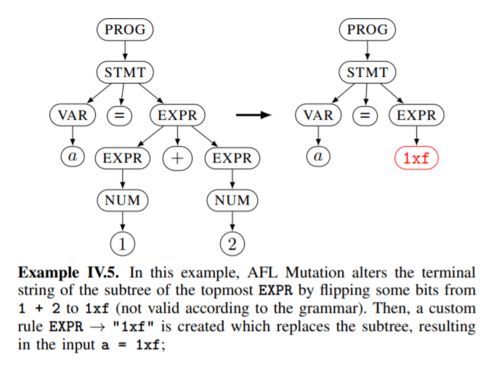Content:
Fishing, an ancient pastime that has stood the test of time, offers a serene and rewarding experience. While many anglers prefer the traditional rod and line method, the use of a fishing net can be a highly effective and efficient alternative. Whether you're targeting large schools of fish or trying to scoop up a catch from the surface, mastering the art of using a fishing net is a valuable skill. Here's a comprehensive guide on how to use a fishing net effectively.
Understanding the Types of Fishing Nets
Before diving into the techniques, it's important to familiarize yourself with the different types of fishing nets available. The most common types include:
- Cast Net: Also known as a throw net, this net is designed to be thrown over a school of fish and is best used in calm waters.
- Dip Net: Ideal for catching individual fish or smaller groups, dip nets are generally used in shallow waters.
- Troll Net: Designed for use with a boat, troll nets are used to catch fish that swim in open waters.
- Trammel Net: Large and complex, trammel nets are used in commercial fishing to catch large quantities of fish.
Each type of net is designed for specific fishing conditions and target species, so choosing the right net is crucial for a successful catch.
Choosing the Right Net
When selecting a fishing net, consider the following factors:
- Size: The size of the net should match the size of the fish you're targeting. A net that's too small may not catch the fish, while one that's too large may be unwieldy.
- Material: Nets are made from various materials like nylon, cotton, or silk. Nylon is durable and resistant to UV rays, making it a popular choice.
- Handle: Ensure the handle is comfortable to grip and long enough to reach your target without straining.
Basic Techniques for Using a Fishing Net

- Positioning: When using a fishing net, position yourself in a stable and comfortable stance. If you're using a cast net, hold the net with both hands, keeping the net's opening away from your body to avoid catching yourself.
- Throwing a Cast Net: Aim for a high arc when throwing a cast net. The net should open up in the air, and you should follow through with the motion to ensure it covers the target area.
- Dipping a Dip Net: With a dip net, approach the fish slowly and gently lower the net into the water. Use a quick, upward motion to scoop the fish into the net.
- Trolling a Troll Net: If you're using a troll net from a boat, keep the net at a consistent depth and speed. Monitor the net closely to ensure it's effectively catching fish.
- Using a Trammel Net: Trammel nets are complex and require experience to use effectively. It's important to understand the net's design and how to set it up correctly.
Advanced Techniques
Once you've mastered the basic techniques, you can experiment with more advanced methods:
- Timing: Pay attention to the timing of your throw or dip. The best time to catch fish is when they are most active or feeding.
- Patience: Be patient and observe the behavior of the fish. Sometimes, it takes time for them to approach the net.
- Practice: Like any skill, using a fishing net effectively requires practice. Spend time honing your technique in different conditions to become more proficient.
Safety Precautions
Always prioritize safety when using a fishing net:
- Avoid Overexertion: Be mindful of your physical limits and take breaks if necessary.
- Handle Fish Carefully: Handle fish gently to avoid injury and stress.
- Stay Aware of Your Surroundings: Be aware of other anglers, wildlife, and potential hazards in the water.
Conclusion
Using a fishing net is a versatile and effective method for catching fish. By understanding the different types of nets, choosing the right one, and mastering the techniques, you can increase your chances of a successful catch. Remember to practice safety and patience, and enjoy the serene experience of fishing with a net. With time and practice, you'll become a skilled angler, reeling in fish with ease and efficiency.












